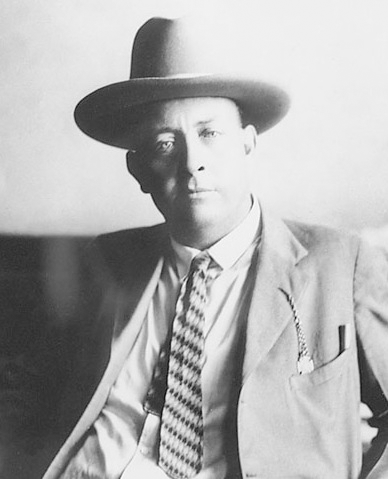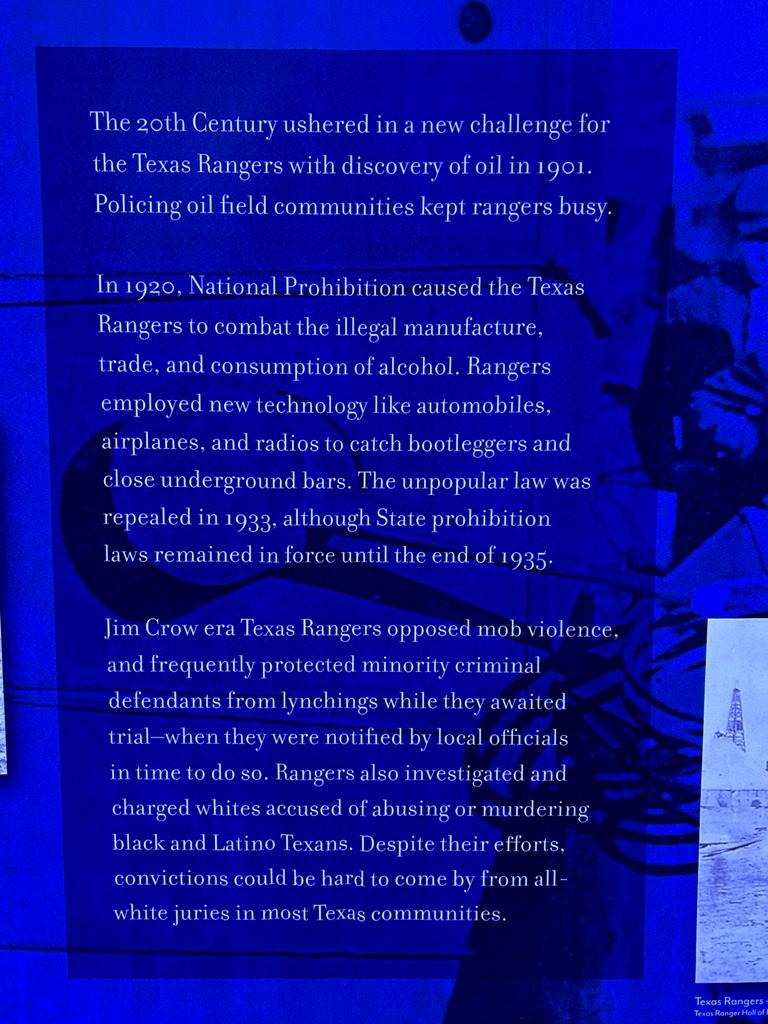#OTD on November 15, 1922 a white mob of 300 people, in KKK fashion, marched through the streets of Breckenridge, harassing and intimidating Mexican American and African American workers. Gov Pat Neff sent in Ranger Frank Hamer, who investigated but did nothing.

1922 was a particularly violent year in Texas. It saw the murder of Elias Villareal Zárate, Virginia Becerra, and a host of other Mexican people at the hands of white mobs. The situation in Breckenridge, in part, occurred because of this broader period of violence.
Wright in Weslaco
But Breckenridge was also unique in that it was an oil-boom town that had begun to decline. As the oil dried up, competition for jobs heated up. White workers blamed Mexican and Black workers for taking jobs, leading to the harassment.
The 300 man mob, called the “White Owls,” threatened and demanded that Black and Mexican-origin people leave Breckenridge. Hundreds fled “due to threats from a gang of close to 300 individuals who threatened to burn them out if they did not leave their homes.”

Gov Neff sent in Ranger Hamer to restore order in Breckenridge. Mexican Ambassador Manuel Téllez demanded an investigation. Sect of State Charles Evan Hughes also petitioned Texas Governor Neff to launch an official investigation.

Hamer concluded that the White Owls had in fact terrorized the Black and Mexican-origin communities. Yet he ended his investigation because he couldn’t identify the members of leaders of the White Owls, even though the local press had published the names of the groups’ officers.

The White Owls disbanded, but they inspired new versions elsewhere. A copycat group in San Antonio formed in Dec 1922. Wearing white robes, again like the KKK, they beat and robbed Almando Rodriguez. The press said they “white owled” him.

The Mexican press noted that this violence was “solely based on racial prejudice and a spirit of savagery on the part of local elements that differs widely with the consonance of the civilization under which this great nation presides.”
This case is a good example of selective justice in law enforcement. Hamer surely knew who had been involved in the White Owls, but he chose to arrest no one. That type of selective justice had always plagued Black and Mexican people. It is another ugly mark on Hamer’s record.
Yet the @txrangermuseum ignores this and other instances of clear racial discrimination in Hamer’s career. And the Ranger bicentennial exhibit offers a fairy tale of the Rangers as staunch protectors of civil rights. We can’t learn from history if we refuse to face it.

A key source for this post is @historybrian’s https://uncpress.org/book/9781469670126/borders-of-violence-and-justice/

